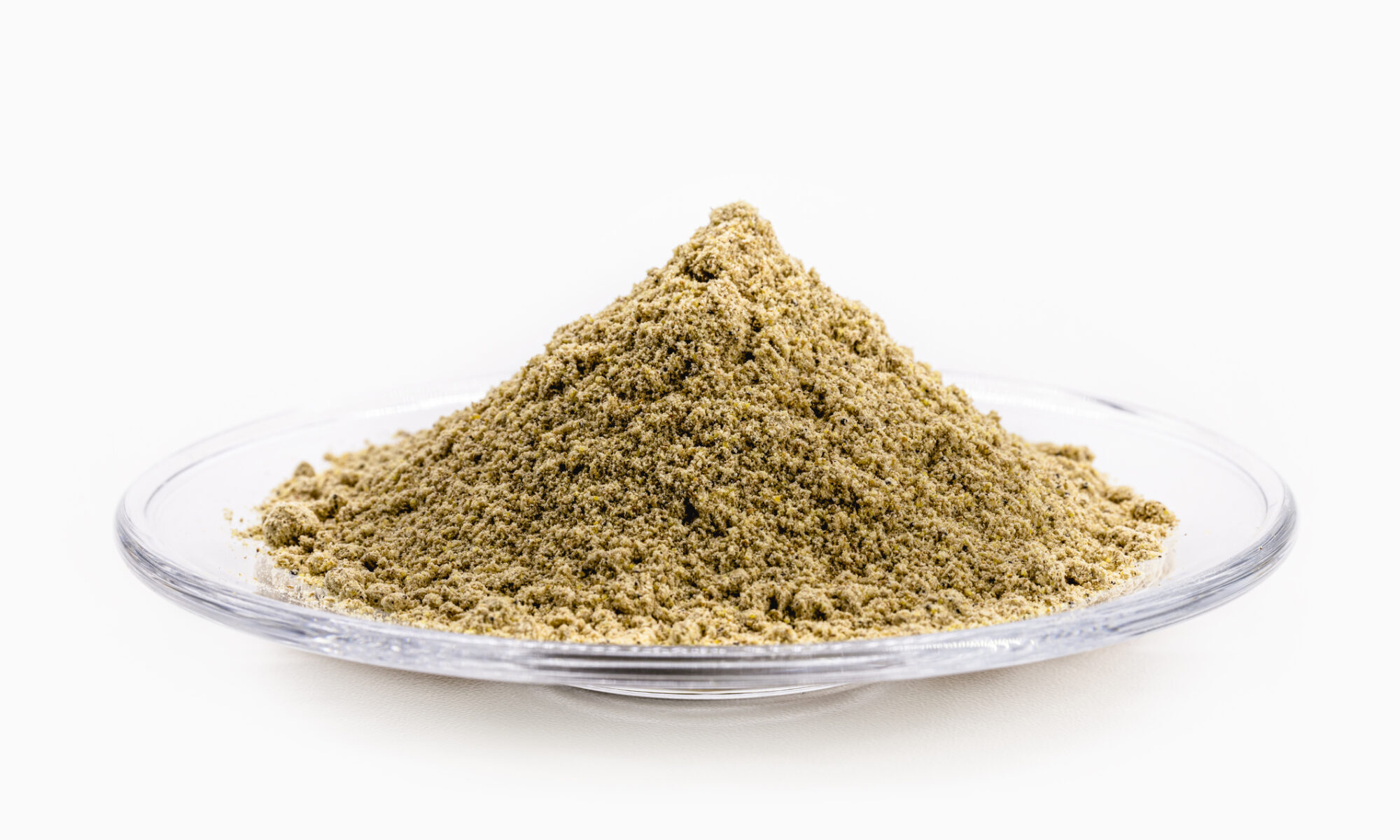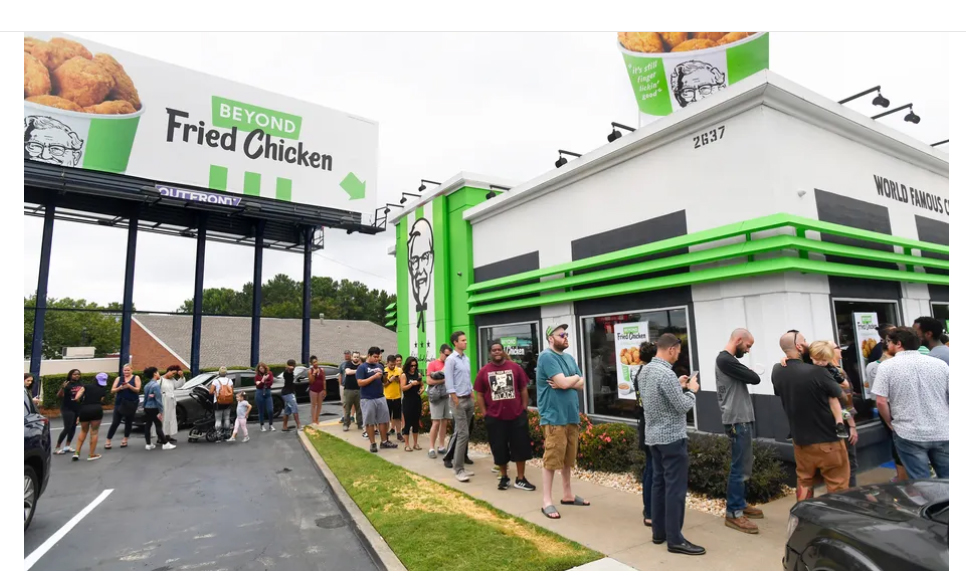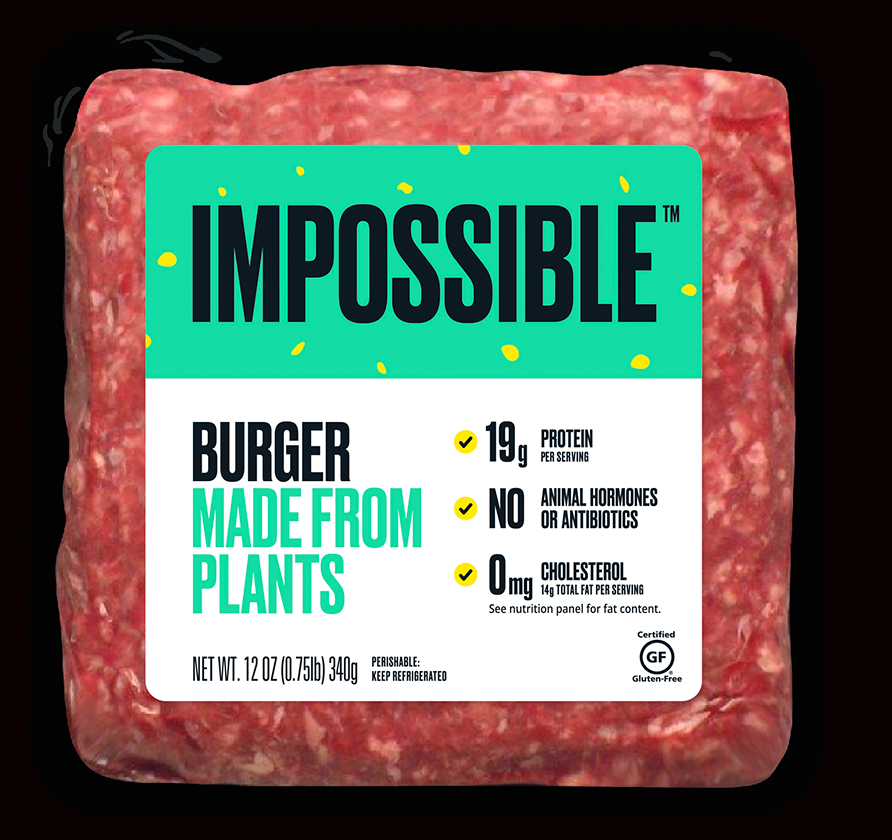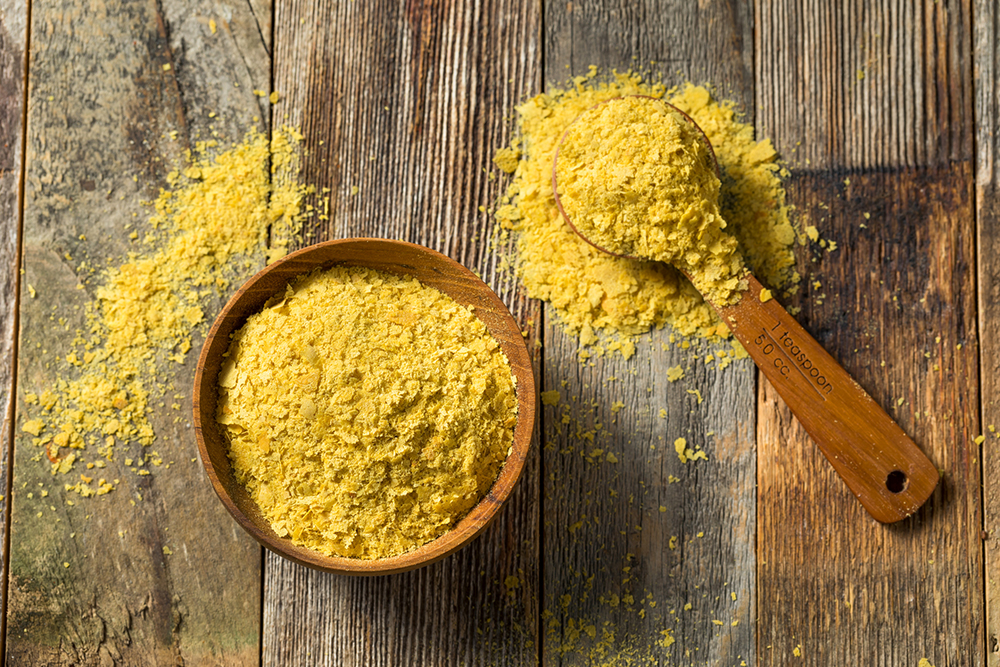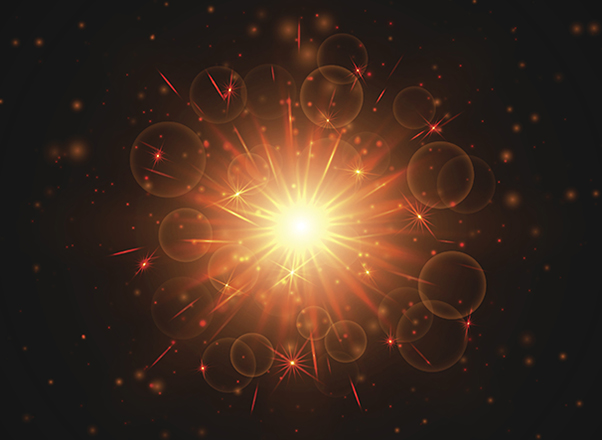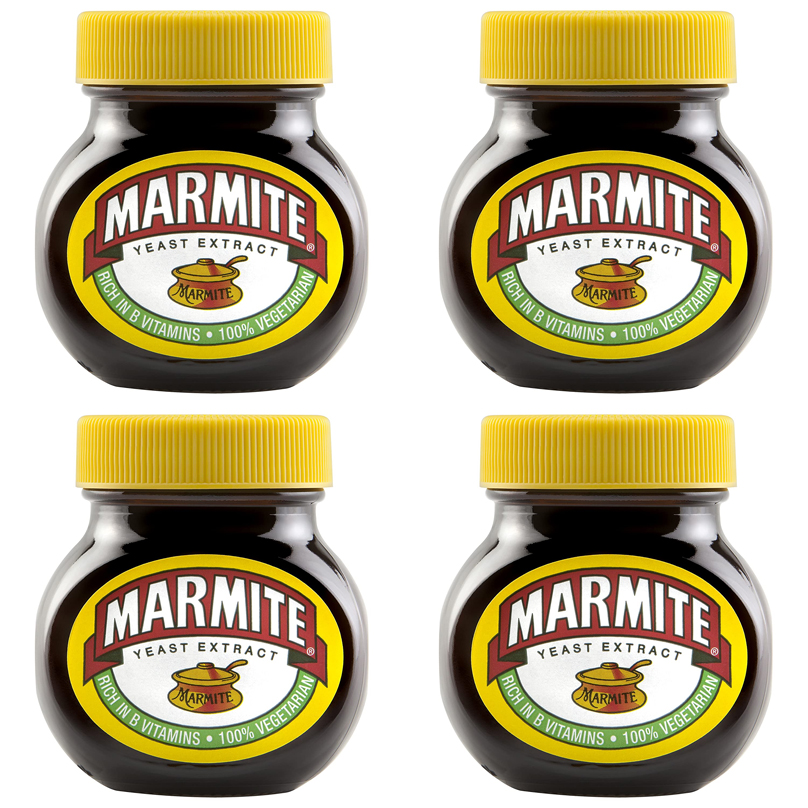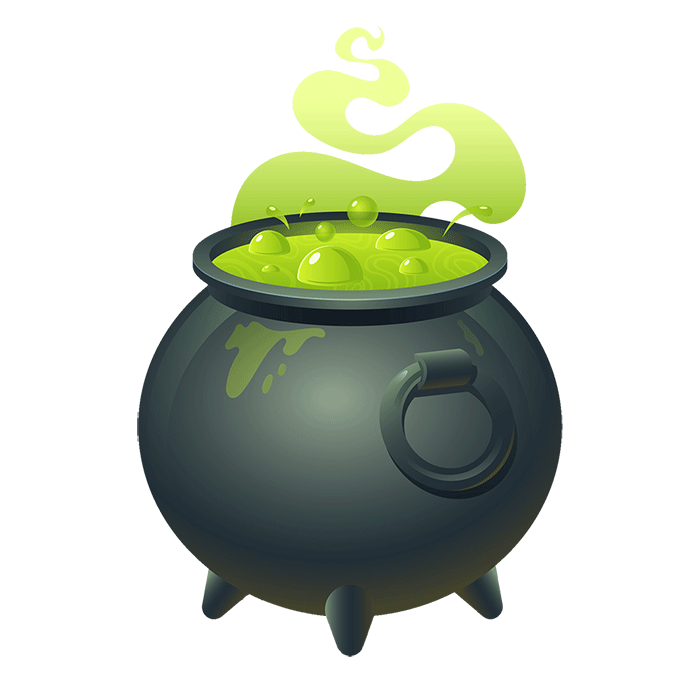Although yeast ingredients are popularly used to replace the flavor enhancer called monosodium glutamate (MSG), yeast does not contain any MSG. But don’t stop reading yet!
Yeast DOES contain the same toxic amino acid that’s found in MSG — excitotoxic glutamic acid. That’s why Big Food loves yeast so much. They can add as much of this noxious flavor enhancer as they want and not be required to mention MSG on the label despite what these two additives have in common.
A recent yeast industry (yes, there’s a yeast industry) market report tells some of the secrets of why it’s so popular.
“By product type, the global yeast ingredients market can be categorized into yeast extract, yeast autolysates, dry yeast, yeast flavor, and ‘others’. The yeast extracts market is high, as yeast extracts act as a replacement for monosodium glutamate, and consumers highly inclined towards natural ingredients and health concerns. Yeast extracts also offer a unique aromatic taste, which is important in low-salt-content foodstuffs…” Zenit News: “Yeast and yeast ingredients market 2020 research reports, industry size, in-depth qualitative insights, explosive growth opportunity, regional analysis by 360 market updates”
The basics
To understand the toxicity of yeast extract, you have first to understand the basics of toxic glutamate found in food.
Glutamate must be free to be harmful, meaning it can’t exist as part of a protein. And toxic free glutamate found in food will always have been manufactured.
You can make/produce free glutamate (glutamate outside of protein) using carefully selected genetically modified bacteria. Feed the bacteria on some starchy stuff like sugar, and they secrete glutamate through their cell walls. That’s pretty much how the glutamate in MSG is made in Ajinomoto’s plant in Eddyville Iowa.
You can also free glutamate from protein. Begin with something that contains protein — almost any meat, grain, diary product, fruit or vegetable will contain at least some small amount of glutamate. Then, choose your method: 1) extract glutamate from protein, 2) use hydrolysis, autolysis, enzymes, acids or fermentation to break protein into individual amino acids (which would include glutamate), or apply high heat to protein.
All glutamate made/produced by man plus that which has been fermented contains D-glutamate, pyroglutamate and other unwanted by-products of manufacture (impurities which industry has been unable to remove) as well as the desired L-glutamate. In contrast, the glutamate in unadulterated fruits, grains, vegetables, and in the human body, which wouldn’t be manufactured, is L-glutamate only.
To be toxic, free glutamate has to 1) be present in excess – more than the healthy body needs for normal body function, or 2) act as a neurotransmitter, overstimulating and damaging glutamate receptors for some weak area in an individual’s body, the heart, lungs, or stomach for example.
Yeast extract contains toxic free glutamate
Yeast extract contributes to accumulation of toxic free glutamate in two ways. First, yeast extract itself will contain toxic free glutamate. Moreover, yeast and yeast extract can also interact with other ingredients, causing the protein in those other ingredients to break down and release glutamate.
The way that the yeast extract is produced will vary from one manufacturer to another, but all break the protein found in yeast into free amino acids – one of which will be glutamate. Following are various descriptions of how that’s done:
1: Food Navigator-asia.com: https://www.foodnavigator-asia.com/Article/2019/09/25/Clean-label-less-sodium-and-vegan-Yeast-extract-specialist-company-Angel-Yeast-names-three-mega-trends-driving-the-industry#
“Angel Yeast’s yeast extract products are obtained from molasses-cultured yeast, which are autolyzed to obtain the extract and made into pastes or powders.”
2: European Association for Specialty Yeast Products:
http://www.yeastextract.info/yeast-extract/how-it-s-made
“Yeast extract is … made from natural bakers’ or brewers’ yeast. First sugar is added so that the yeast can multiply. Then enzymes in the yeast break down the proteins present in the yeast into smaller components and make the cell walls permeable. Finally the components present in the yeast cell – the yeast extract – are separated from the surrounding wall and dried.”
3: Biospringer: https://biospringer.com/en/explore-yeast-extract/yeast-extract/production-process/
“Yeast is a microscopic unicellular fungus that has been living on Earth for millions of years. Like any other cell, yeast is made of proteins, amino acids, vitamins and minerals gathered within the cell walls.”
“Yeast extract is simply the yeast content without the cell wall, making it a natural origin ingredient. Its production consists of 3 main steps:
Fermentation
Breaking of the yeast cell (also known as autolysis)
Separation”
4: By Elea Carey for Healthline: https://www.healthline.com/health/food-nutrition/is-yeast-extract-bad-for-me#1
“There are two kinds of yeast extract, autolyzed and hydrolyzed. In both, the cell walls are discarded and the contents of the cell are combined. In autolyzed yeast, the enzymes found in the yeast itself are used to break down the proteins. In hydrolyzed yeast, these enzymes are added to the yeast.”
Does yeast extract contain enough free glutamate to cause brain damage or adverse reactions?
If yeast extract was the only source of free glutamate ingested, toxicity would depend on the amount of free glutamate in the particular product ingested, and the sensitivity of the person ingesting it. There are glutamate-sensitive people who react to yeast extract.
But in real life one helping of yeast extract isn’t going to be ingested in isolation. Combined with other sources of glutamate in the diet, yeast extract increases the likelihood of brain damage and adverse reactions.


